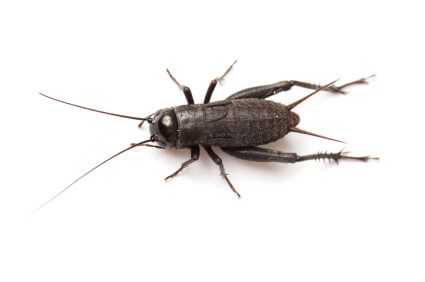Cricket Bait is an insecticide treated grain product for the control of black field crickets in pasture. Black field crickets pose a insect pest threat to newly sown and established grass pastures over the late summer and autumn period. Cricket Bait is highly palatable and has a rapid knockdown effect on the target pest. PASTURE LOSSES A field population of 20 crickets/m2 could cause a pasture loss of 1600 kg DM/ha in 98 days. The actual loss in anyone season could, however, be as low as 860 kg DM/ha or as high as 2450 kg DM/ha depending on availability of feed (Blank, 1985). Severely defoliated ryegrass plants will be slow and many plant can die. Cricket-damaged pasture that do recover […]
Category: Forage Crop Advice
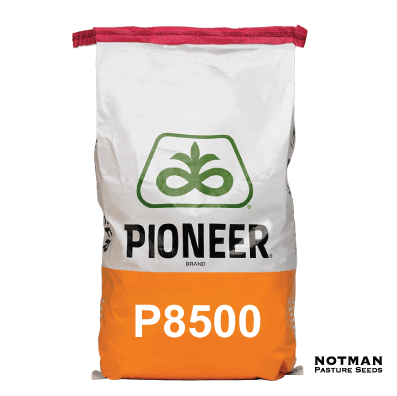
Maize Harvest 2023
Victorian Maize Growers, For maize growers we’ve put together some handful reminders around early harvest for maturity, improving silage quality by reducing spoilage, runoff & using the a good inoculant as immature crops are more susceptible to poorer aerobic stability. There are a few growers who are harvesting in the next couple of weeks, and there will be a big spread of harvesting into May. To use more energy from the fibre available we would use 11CFT inoculant which is designed to improve fibre digestibility NDF with it’s two unique strains Lactobacillus plantarum and Lactobacillus buchneri. Please download and have a read of the attached booklet below and if you need any advice please get in touch. Thanks, the team […]
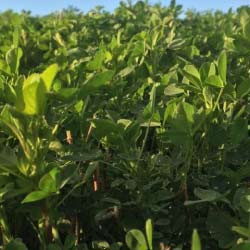
Stamina grazing tolerant lucerne varieties
In our experience in grazing Lucerne is generally grown on sites that will not support good stands of permanent pasture year round due to lack of summer moisture and or poor soil moisture holding profile. High yielding lucerne provides 3 to 4 and sometimes even 5 cuts per year and it will persist for at least 4 years and in some cases has been known to continue good high quality production for up-to 5 or 6 years. It is extremely robust with exceptional drought resistance due to its deep roots which often reach deep throughout the soil profile, which is ideal for farms that dry out significantly over summer. Why is drought tolerant? Lucerne relies on stored energy (carbohydrates) in its root […]
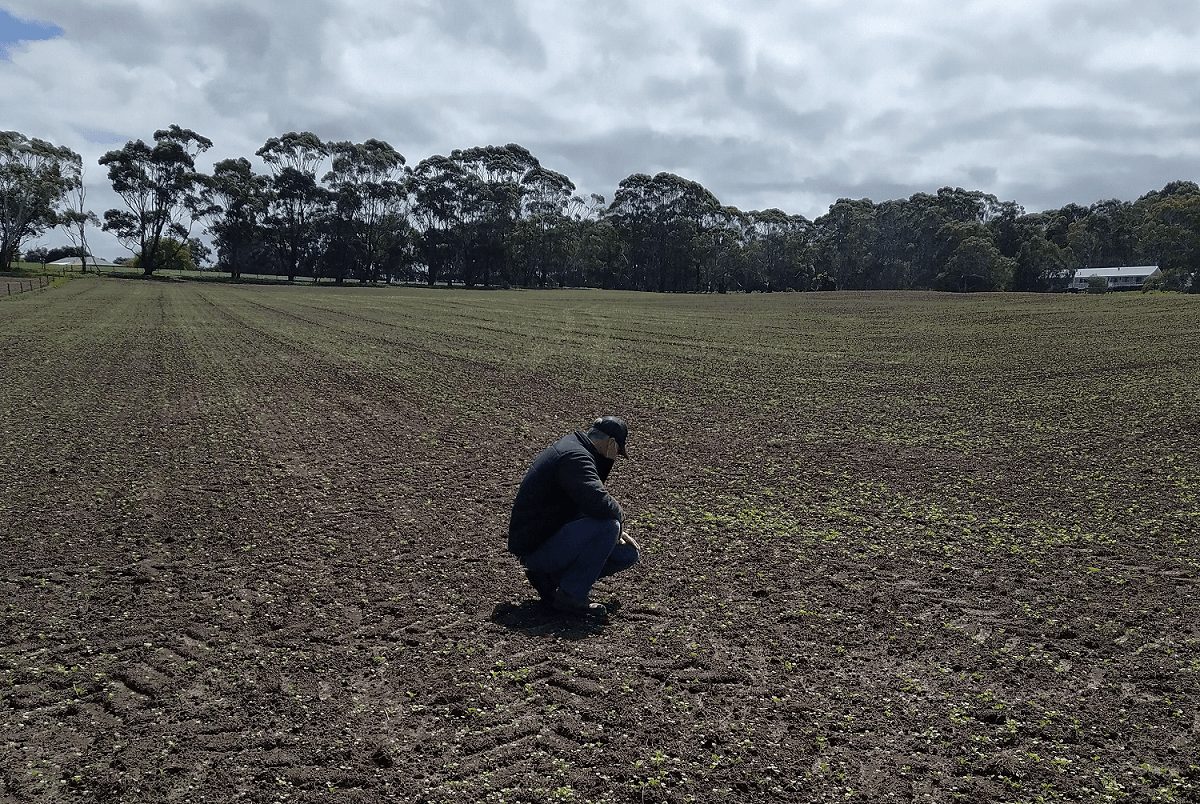
Using summer forages – agronomy with Andrew Allsop
Read the latest on the use of summer forages with thoughts from Andrew Allsop, a member of our Western Victorian pasture team Spring and early summer paddock renovation provides an opportunity to establish home grown feed for summer, autumn and if intended winter forage. Spring and summer sown forage can be used for a variety of reasons, but the main reasons are to form part of your annual pasture renovation program and the other to produce valuable feed at key times when permanent pastures are of low quality and quantity. At Notman Pasture Seeds, both our Gippsland & Western Vic teams have access to a wide range of cultivars – it’s just a matter to constructing a plan that suits […]
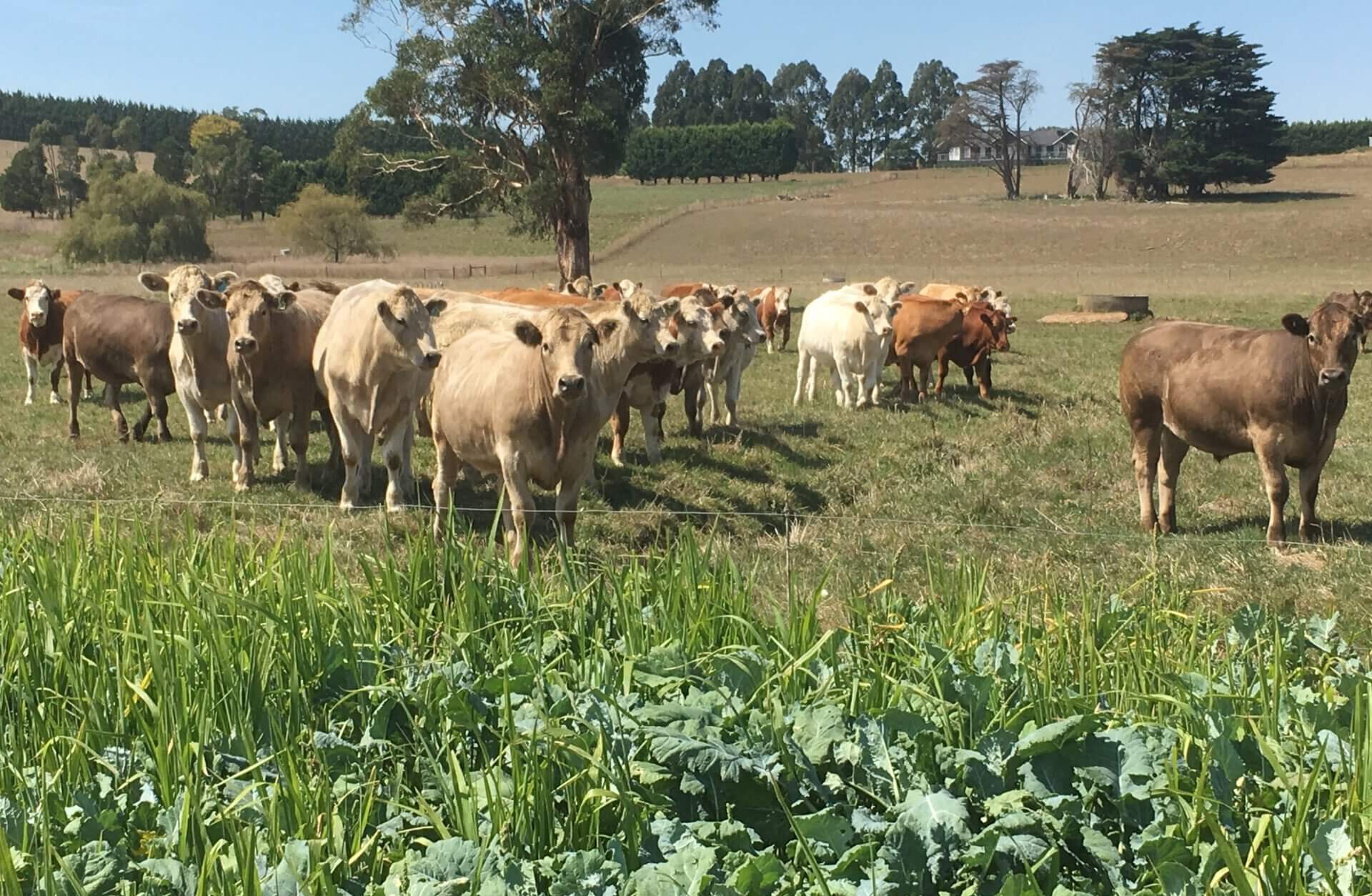
Top Crop Millet & Rape agronomy with Jonathan Town
Read the latest on the use of ‘Top Crop Millet & Rape’ forage blend with thoughts from Jonathan Town, Notman Pasture Seeds Western District Agronomist. Summer forage crops play a critical role in delivering quality feed during a traditionally dryer time of year through the November – April period in southern Victoria, during a pasture feed-gap due to low average rainfall and higher temperatures. This is why it is important to get feed budgeting right, whether that is for the milking herd, breeder stock or prime lambs. While conserved feed is the goal, as that preserves perennial pastures allowing them to come away again each autumn, where paddock renovations are occurring, maximising feed grown and utilised during the cropping stage […]
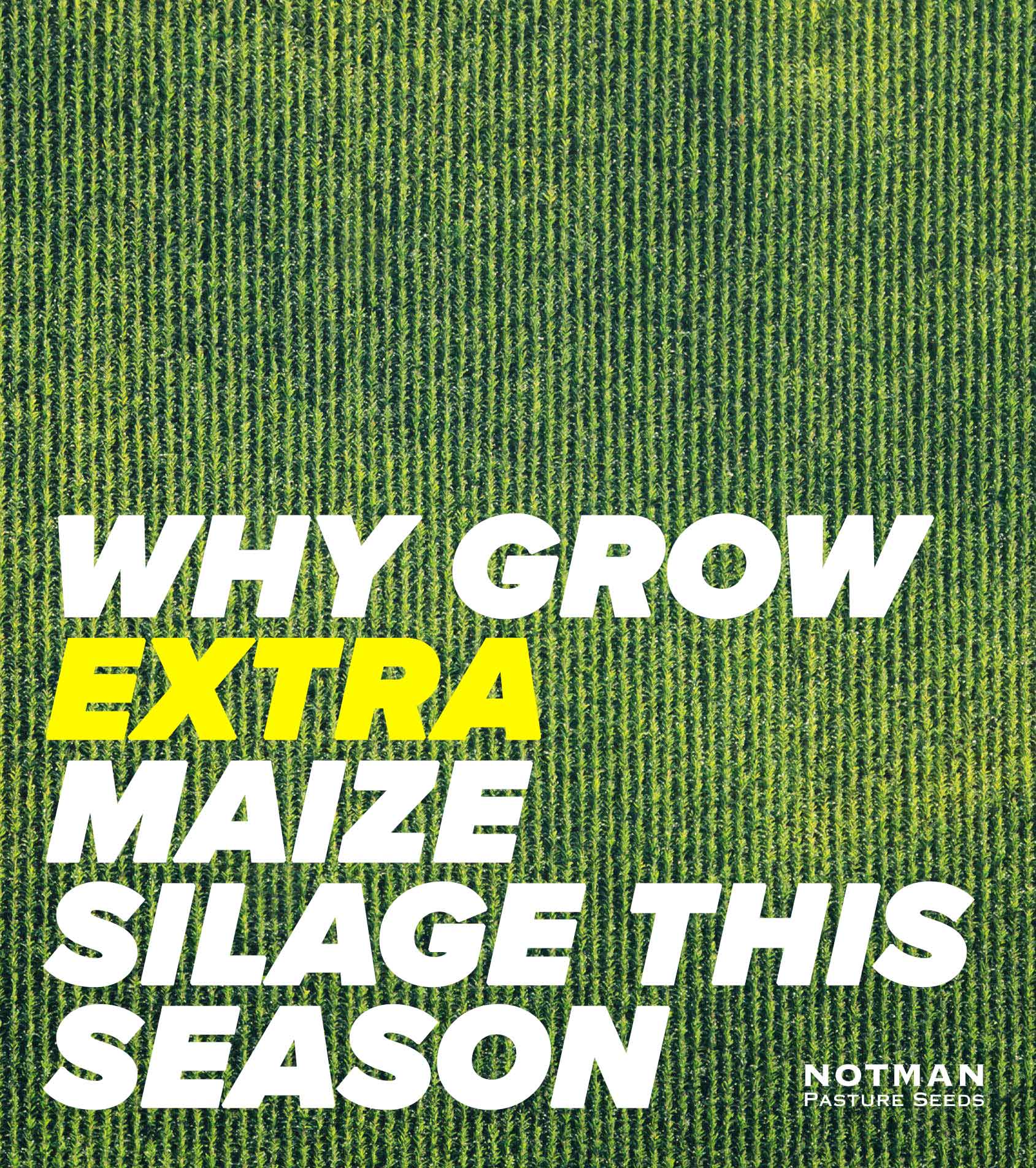
Why grow extra maize silage this season?
For many farmers, growing some maize silage on farm makes good sense. Market prices dictate the type of bought in feed, they may have access feed out carts, feed pads, run short of maize silage when you really needed more…there’s many reasons why farmers have considered planting an extra paddock, or contracting a few more tonnes of maize silage this season. Risk management is certainly important with maize, which is particularly beneficial during challenging seasons. Could planting an extra paddock offset risk of the entire crop yield? So losses in overall yield are made up by having an extra paddock in? Here we’ve listed some reason’s why you might grow a bit more extra maize silage in 2022-23: Reduce your feed costs […]
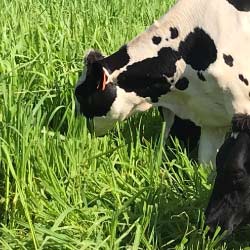
Diverse summer crops. Flexibility, Reliability and Regrowth
Spring is a critical time of year, especially for preparing for summer and autumn grazing crops. With Southern Victorian moisture levels largely the early part of the season bodes well for yield potential and quality. Across mixed farming platforms including sheep, beef and dairy premium mixed forage crops have shown their worth across many measures – with improved growth, quality, persistence, palatability and insect tolerance. Peter Notman, dairy farmer at Walcha and owner of Notman Pasture Seeds says results from grazing newer varieties of diverse summer crops have been exceptional, importantly continuing to offer flexibility, reliability and strong re-growth. “Like most regions we cannot get enough grazing tDM and quality off existing ryegrass & clover pasture base over summer to […]
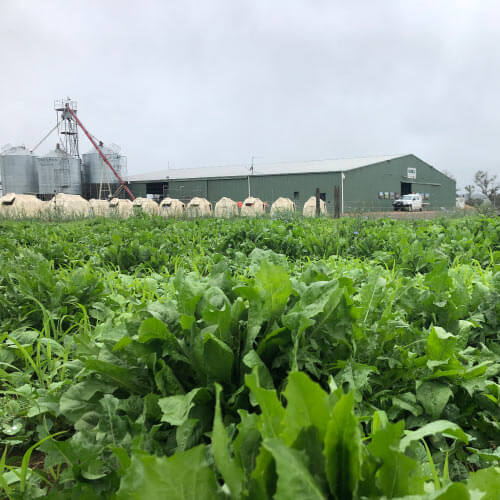
Spring into action with our Top Crop & Multi Specie Blends
We’ve put together a selection of our Top Crop & Multi Specie Pasture blends that have a proven track record in providing diverse feed options for summer and early autumn: Top Crop Brassica & Herbs Top Crop Millet & Brassica Top Crop Millet & Rape Summer Multi Species Pasture Blend Top Crop Brassica & Herbs High quality summer forage A extremely high quality, easy to manage blend of Chicory, Plantain, White Clover, Leafy Brassica & Forage Rape. Top Crop Brassica & Herbs is an excellent way to increase pasture quality through to early Autumn when you can potential drill perennial grasses back in.This blend combines herbs and clovers with a brassica crop, allowing the brassica to act as a cover […]
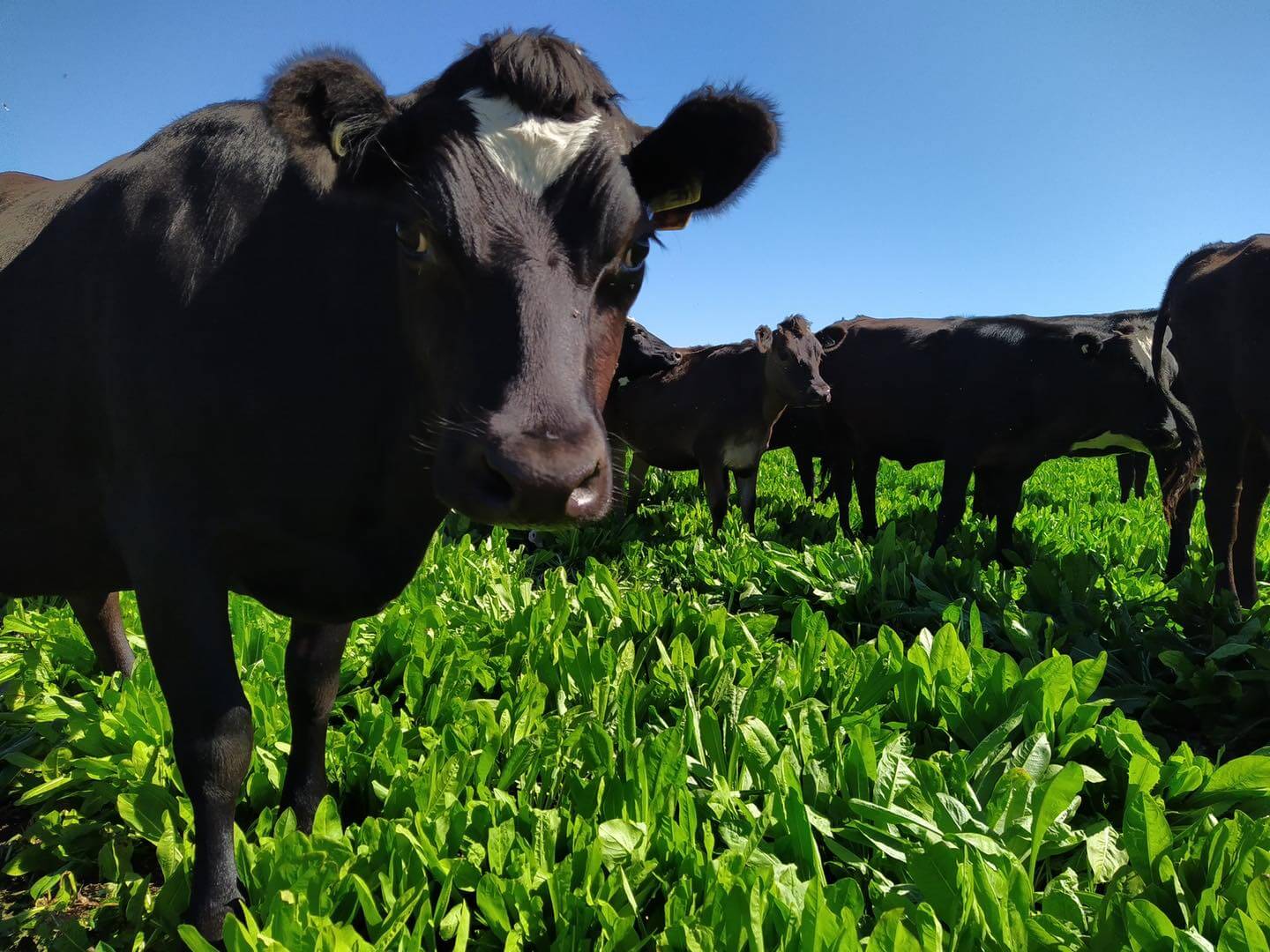
Chicory – a proven winner in Gippsland
Chicory – a proven champion. “In the thirteen years we have grown chicory we have naturally had dry years, but the year on year reliability of chicory has been proven to be a real champion” There was often a dramatic need for extra feed during the autumn months, so in 2003 I began planting Chicory. As the farm being mostly red soil it was hard to grow home grown feed at that time of year. Back then we planted full paddocks of chicory at a time from early to mid-September. The chicory grew really well, and with this spring planting and moisture available we would often be grazing within seven weeks of sowing. The chicory was grazed from late spring, […]
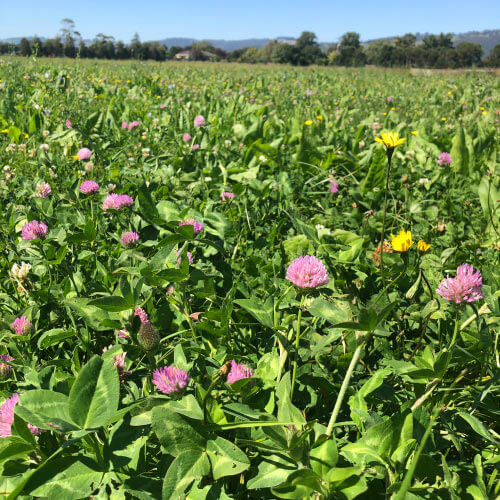
Forage diversity with multi specie blends
Benefits of multi specie pasture swards are not a new occurrence, however there’s renewed interest in what diverse swards can offer modern production systems. Well-designed multi species pastures will have a diversity that can increase overall yield, diet composition and reduces the risks of a range of environmental challenges. On the flip side there are things to be aware of when grazing alternative crops such as optimising establishment, limited weed control and animal health issues such as high levels of nitrate in brassicas. Peter Notman, dairy farmer and forage specialist at Notman Pasture Seeds in Poowong says some producers add different varieties of seed to their standard winter and summer pasture stands to provide more forage diversity and drought hardiness. […]







